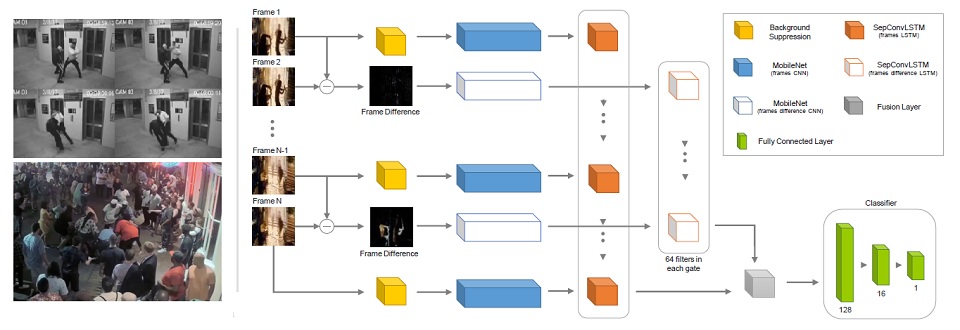Unsupervised Video Highlight Detection by Learning from Audio and Visual Recurrence
Zahidul Islam (USask), Sujoy Paul (Google Research), Mrigank Rochan (USask)
IEEE/CVF Winter Conference on Applications of Computer Vision (WACV) 2025, Tucson, Arizona
Feb 2025
Abstract - Existing methods typically rely either on expensive manually labeled frame-level annotations, or on a large external dataset of videos for weak supervision through category information. To overcome this, we focus on unsupervised video highlight detection, eliminating the need for manual annotations. We propose an innovative unsupervised approach which capitalizes on the premise that significant moments tend to recur across multiple videos of the similar category in both audio and visual modalities. Surprisingly, audio remains under-explored, especially in unsupervised algorithms, despite its potential to detect key moments. Through a clustering technique, we identify pseudo-categories of videos and compute audio pseudo-highlight scores for each video by measuring the similarities of audio features among audio clips of all the videos within each pseudo-category. Similarly, we also compute visual pseudo-highlight scores for each video using visual features. Subsequently, we combine audio and visual pseudo-highlights to create the audio-visual pseudo ground-truth highlight of each video for training an audio-visual highlight detection network. Extensive experiments and ablation studies on three highlight detection benchmarks showcase the superior performance of our method over prior work.

